
Learn more in our latest podcast episode:
cleancompetition.org/anti-doping-...

Learn more in our latest podcast episode:
cleancompetition.org/anti-doping-...
www.minervamedica.it/en/journals/...
#antidoping #science

www.minervamedica.it/en/journals/...
#antidoping #science
pubmed.ncbi.nlm.nih.gov/41078301/

pubmed.ncbi.nlm.nih.gov/41078301/

advanced.onlinelibrary.wiley.com/doi/10.1002/...

advanced.onlinelibrary.wiley.com/doi/10.1002/...
cleancompetition.org/anti-doping-...

cleancompetition.org/anti-doping-...
link.springer.com/article/10.1...

link.springer.com/article/10.1...
pmc.ncbi.nlm.nih.gov/articles/PMC...

pmc.ncbi.nlm.nih.gov/articles/PMC...
Learn more:
cleancompetition.org/anti-doping-...

Learn more:
cleancompetition.org/anti-doping-...
www.nature.com/articles/s41...
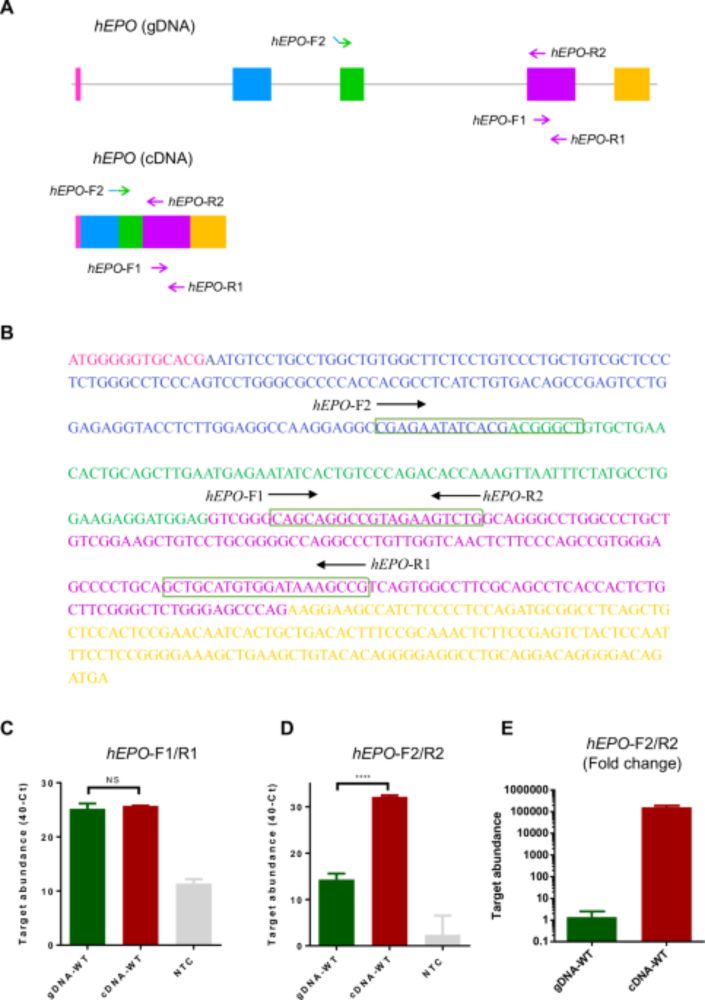
www.nature.com/articles/s41...
cleancompetition.org/anti-doping-podcast/161
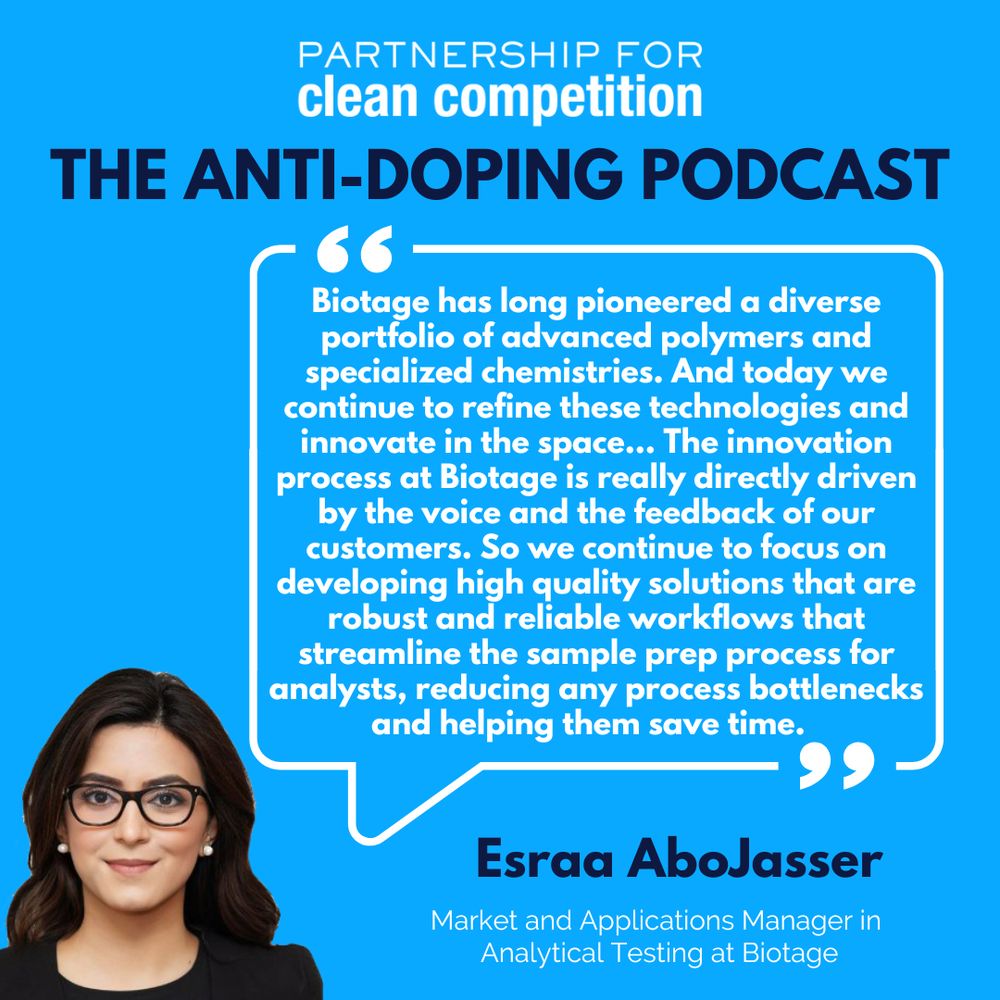
cleancompetition.org/anti-doping-podcast/161
link.springer.com/article/10.1...
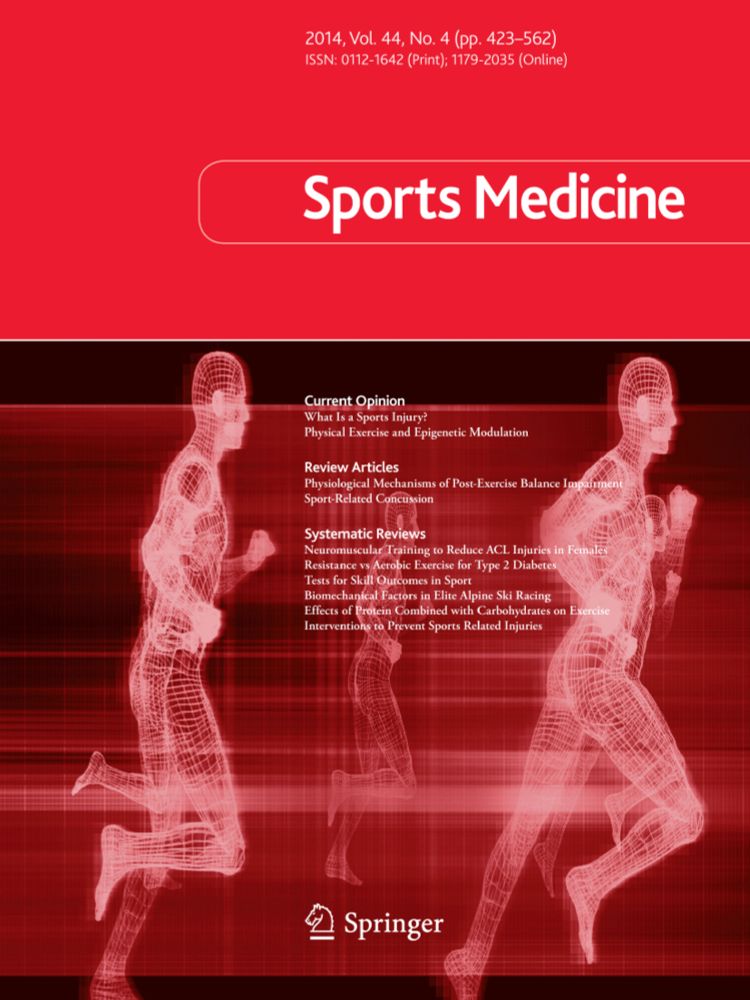
link.springer.com/article/10.1...
Co-author Dr. Maria Kristina Parr is a prior PCC Micro-Grant recipient.
#antidoping #cleansport #research #science #phytosteroids #steroids
Co-author Dr. Maria Kristina Parr is a prior PCC Micro-Grant recipient.
#antidoping #cleansport #research #science #phytosteroids #steroids
www.tandfonline.com/doi/10.1080/...
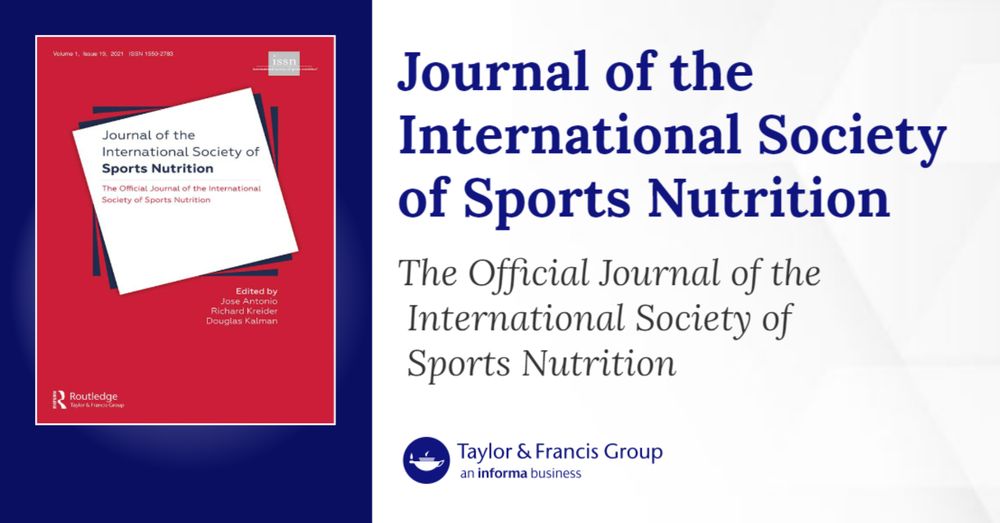
www.tandfonline.com/doi/10.1080/...
cleancompetition.org/anti-doping-...
#antidoping #cleansport #research #science #hCG #immunoassays #biotin

cleancompetition.org/anti-doping-...
#antidoping #cleansport #research #science #hCG #immunoassays #biotin

#antidoping #science #research #steroids #DBS #chemistry #analyticalchemistry

#antidoping #science #research #steroids #DBS #chemistry #analyticalchemistry
analyticalsciencejournals.onlinelibrary.wiley.com/doi/10.1002/...

analyticalsciencejournals.onlinelibrary.wiley.com/doi/10.1002/...
cleancompetition.org/anti-doping-...

cleancompetition.org/anti-doping-...
linkinghub.elsevier.com/retrieve/pii/S0960-0760(25)00129-3

linkinghub.elsevier.com/retrieve/pii/S0960-0760(25)00129-3
#science #research #antidoping #cleansport #EPO #blooddoping #AthleteBiologicalPassport #biomarkers
#science #research #antidoping #cleansport #EPO #blooddoping #AthleteBiologicalPassport #biomarkers
analyticalsciencejournals.onlinelibrary.wiley.com/doi/10.1002/...
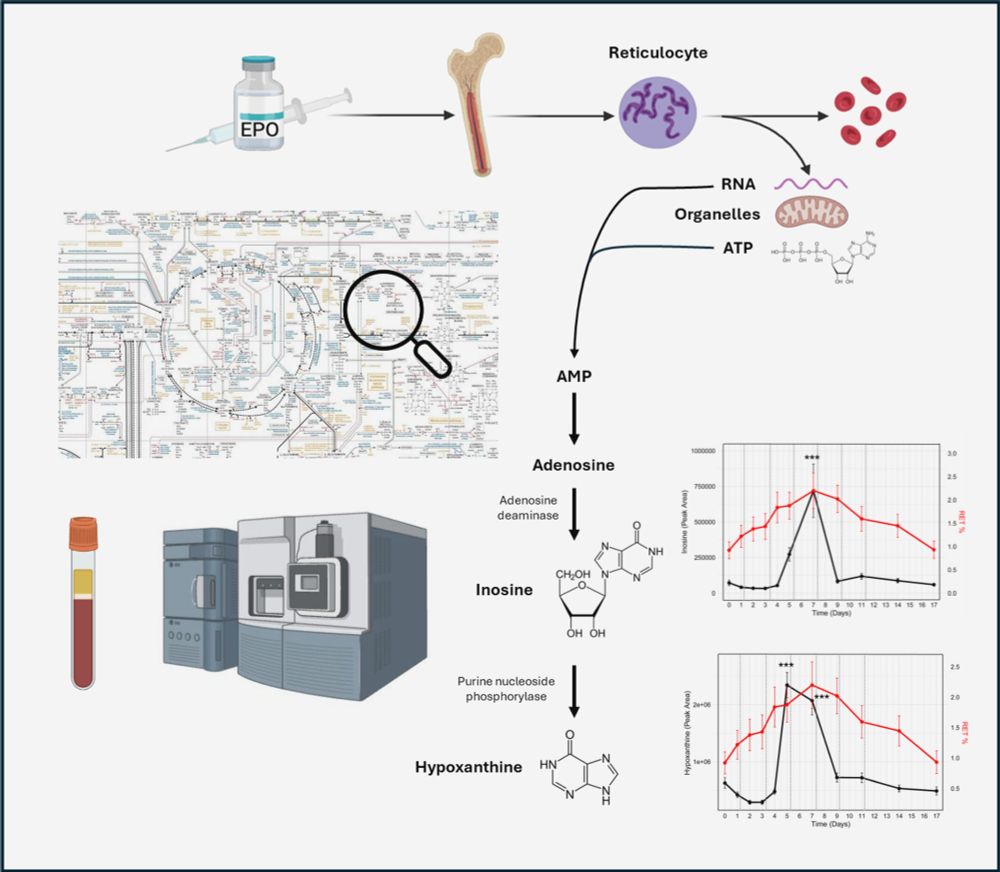
analyticalsciencejournals.onlinelibrary.wiley.com/doi/10.1002/...
Learn more in this episode:
cleancompetition.org/anti-doping-...

Learn more in this episode:
cleancompetition.org/anti-doping-...
#antidoping #publichealth #research #science #prevalence #steroids #AnabolicAndrogenicSteroids
#antidoping #publichealth #research #science #prevalence #steroids #AnabolicAndrogenicSteroids

